Lima, July 07 (V7N) — Archaeologists have announced the discovery of a 3,500-year-old ancient city in Peru’s northern Barranca province, offering fresh insights into early civilizations of the Americas. The city, located about 200 kilometers north of Lima at an altitude of 1,970 feet, is believed to have served as a crucial trading hub connecting Pacific coastal communities, the Andes Mountains, and the Amazon Basin.
Researchers estimate that the city, known as Penico, was founded between 1,800 and 1,500 BC — around the same era that early civilizations were emerging in the Middle East and Asia. The discovery is expected to deepen understanding of the Caral civilization, considered the oldest in the Americas.
Drone footage released by the research team reveals a circular structure on a hillside at the city’s center, surrounded by the remnants of stone and mud buildings. Over eight years of excavation, archaeologists have uncovered 18 structures, including ceremonial temples and residential complexes. Artifacts recovered from the site include ceremonial objects, clay sculptures of humans and animals, and necklaces crafted from beads and seashells.
Penico is situated near Caral, the ancient city in Peru’s Supe Valley that dates back to around 3,000 BC. Caral is renowned for its monumental pyramids, advanced irrigation systems, and urban settlements — drawing comparisons with early civilizations in India, Egypt, Sumer, and China.
Dr. Ruth Shady, who led both the Penico research and the original Caral excavations in the 1990s, highlighted the importance of the new discovery for understanding the impact of climate change on ancient societies. “The Penico community was strategically located for trade and exchange with different societies living along the coast, in the highlands, and in the jungle,” Dr. Shady told Reuters. She noted that Caral itself is believed to have been destroyed as a result of climate change.
Marco Machacue, a researcher with Peru’s Ministry of Culture, described Penico as significant for its continuity with Caral society, reinforcing the region’s long-standing role as a cradle of civilization.
Peru is home to some of South America’s most significant archaeological sites, including the Inca citadel of Machu Picchu and the enigmatic Nazca Lines.
END/RH/AJ



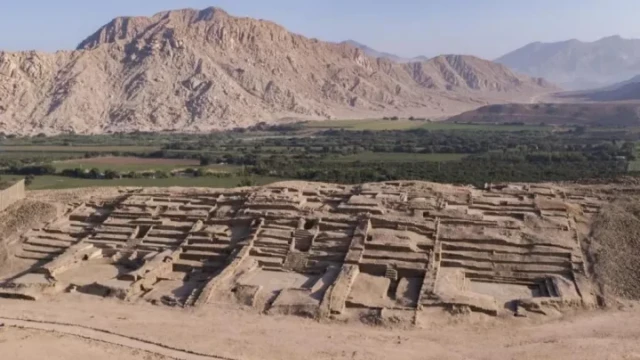
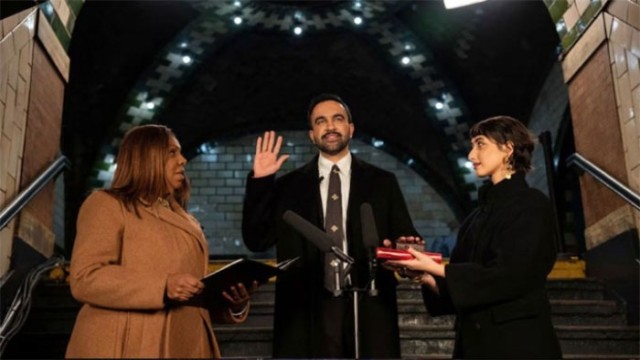

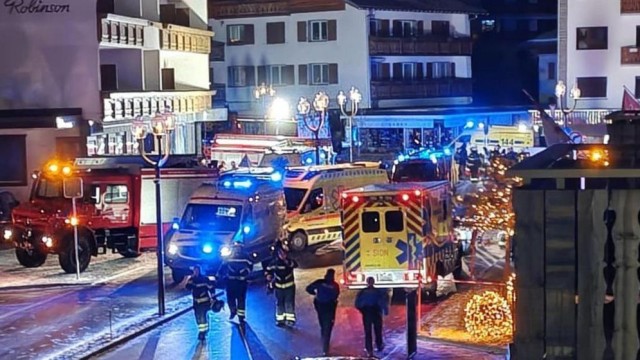
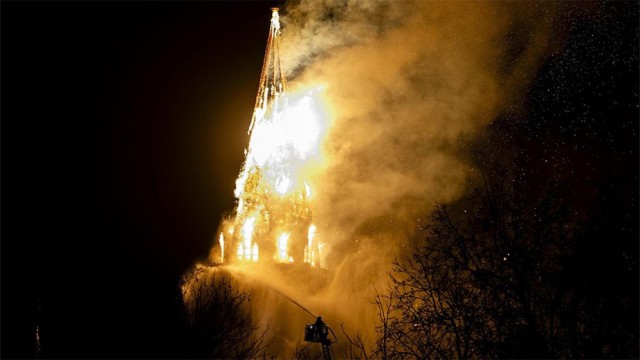

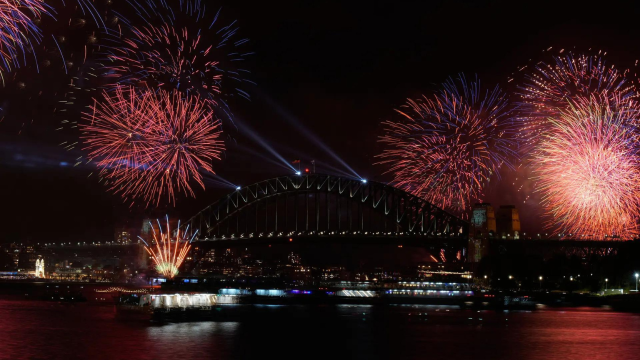

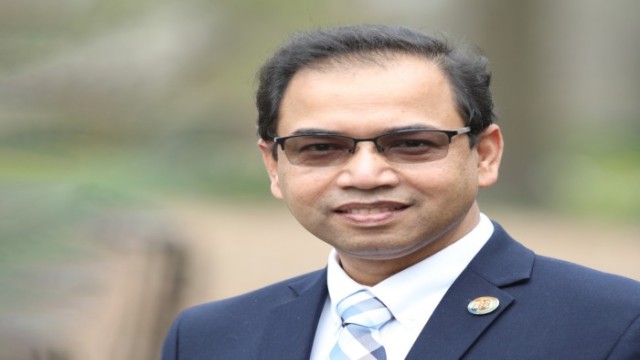
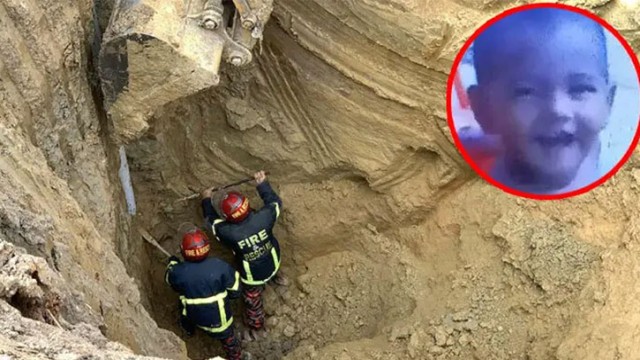
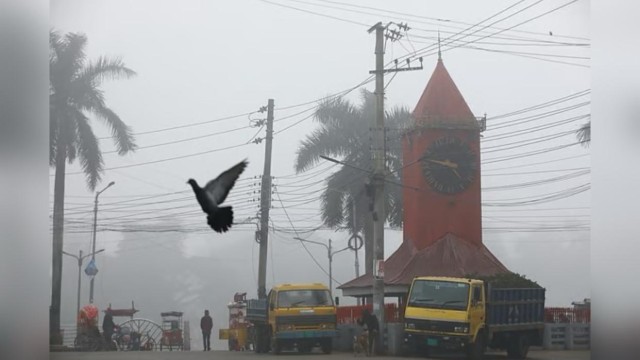


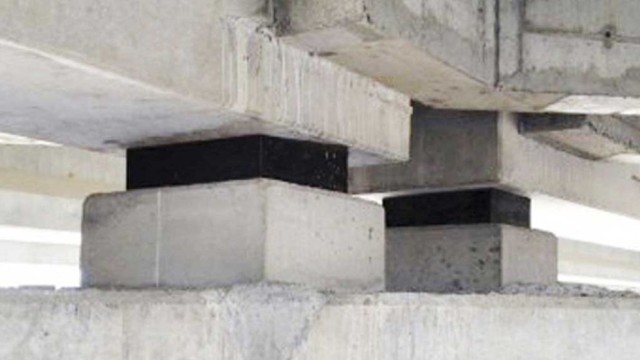
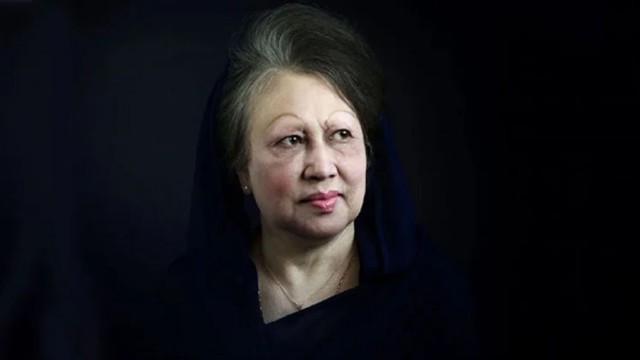


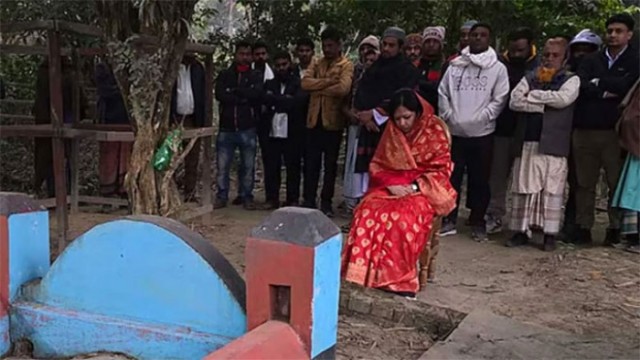
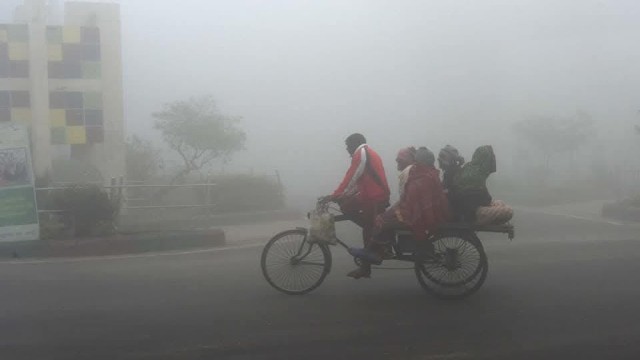
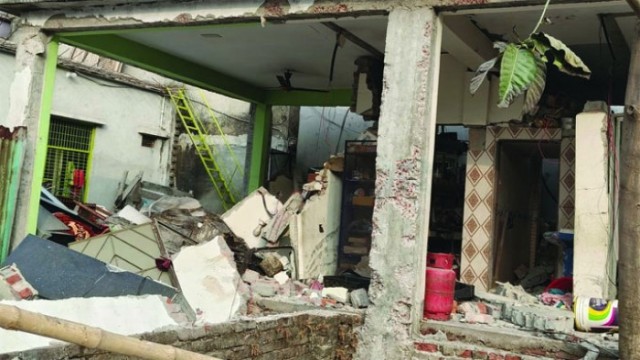

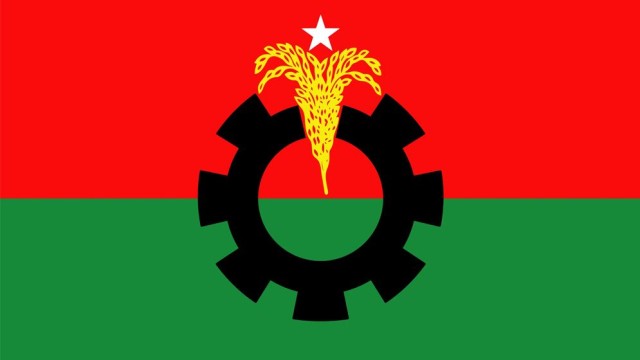

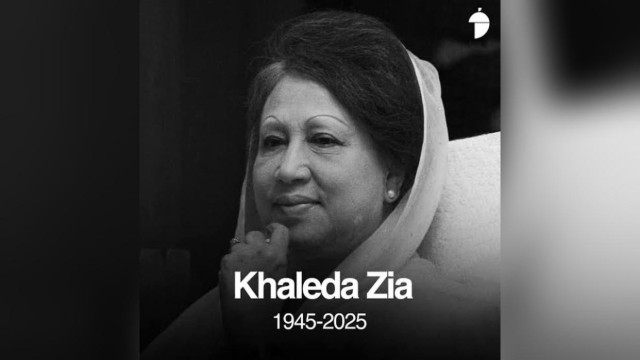
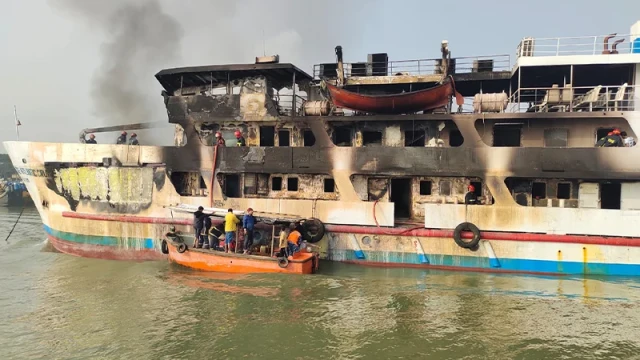
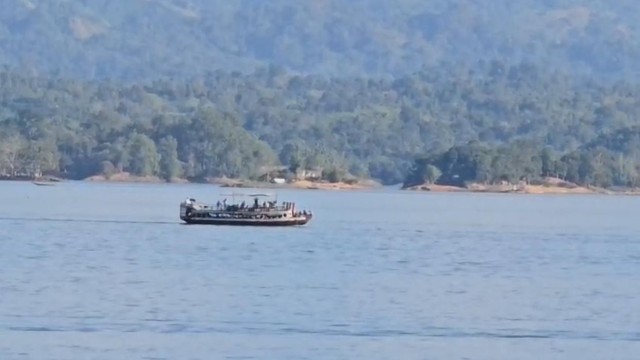
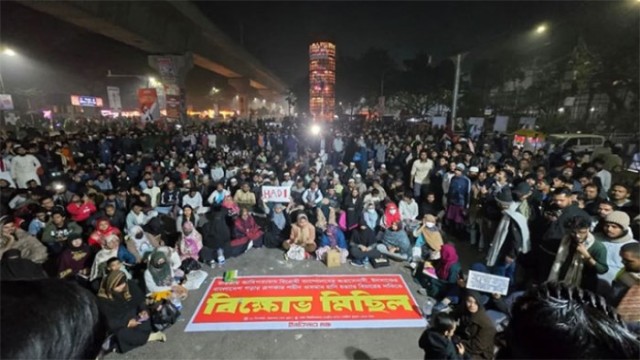
Comment: